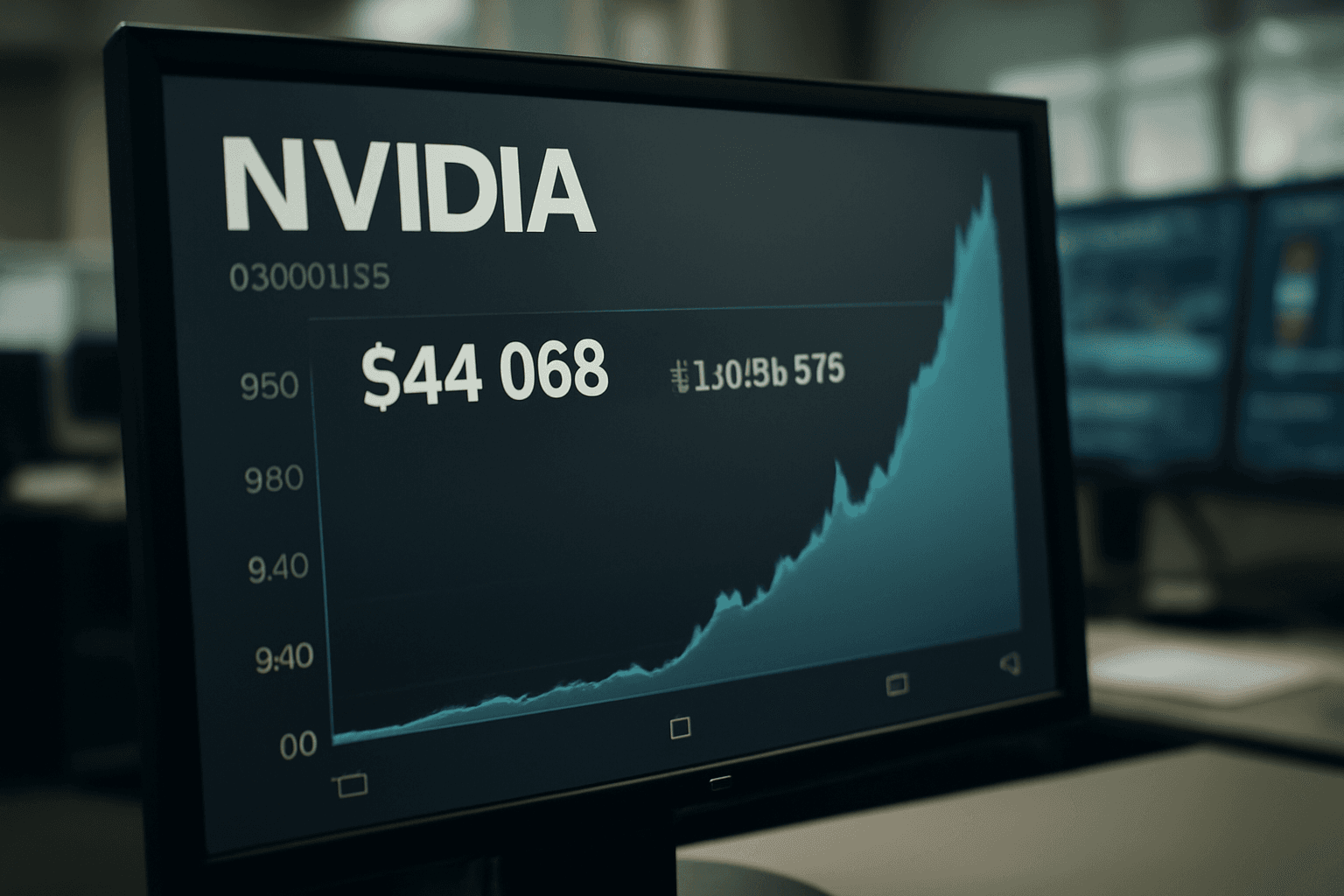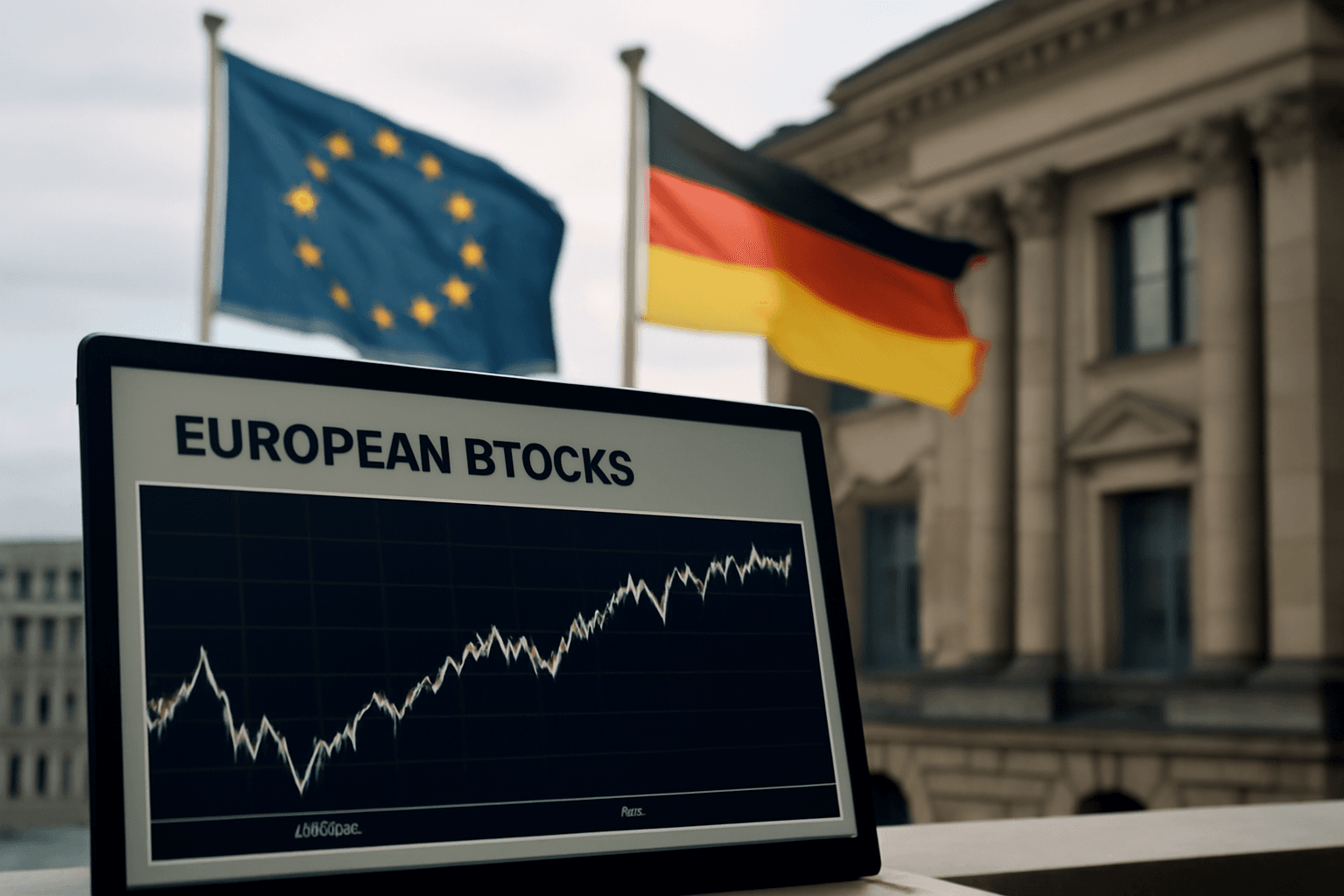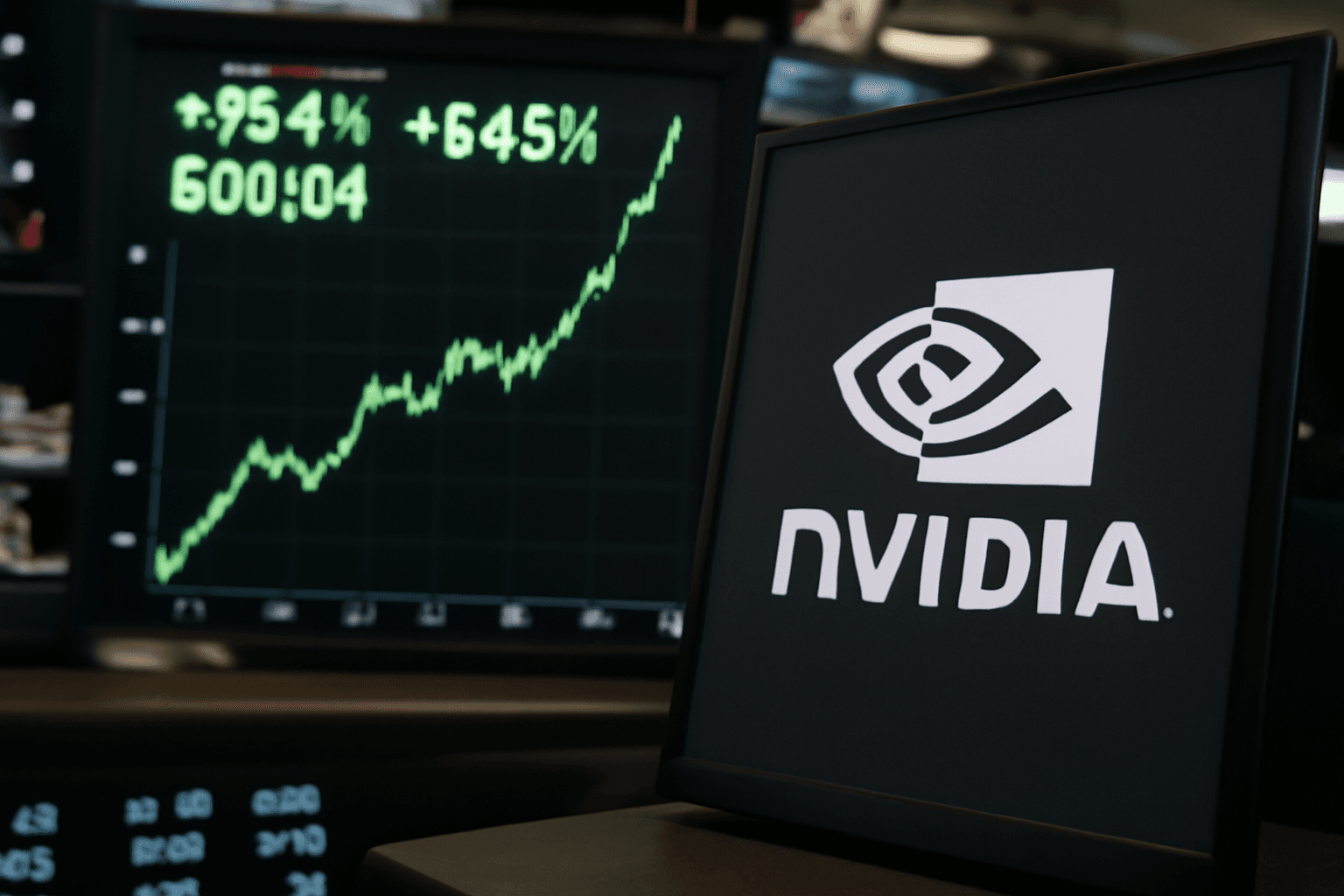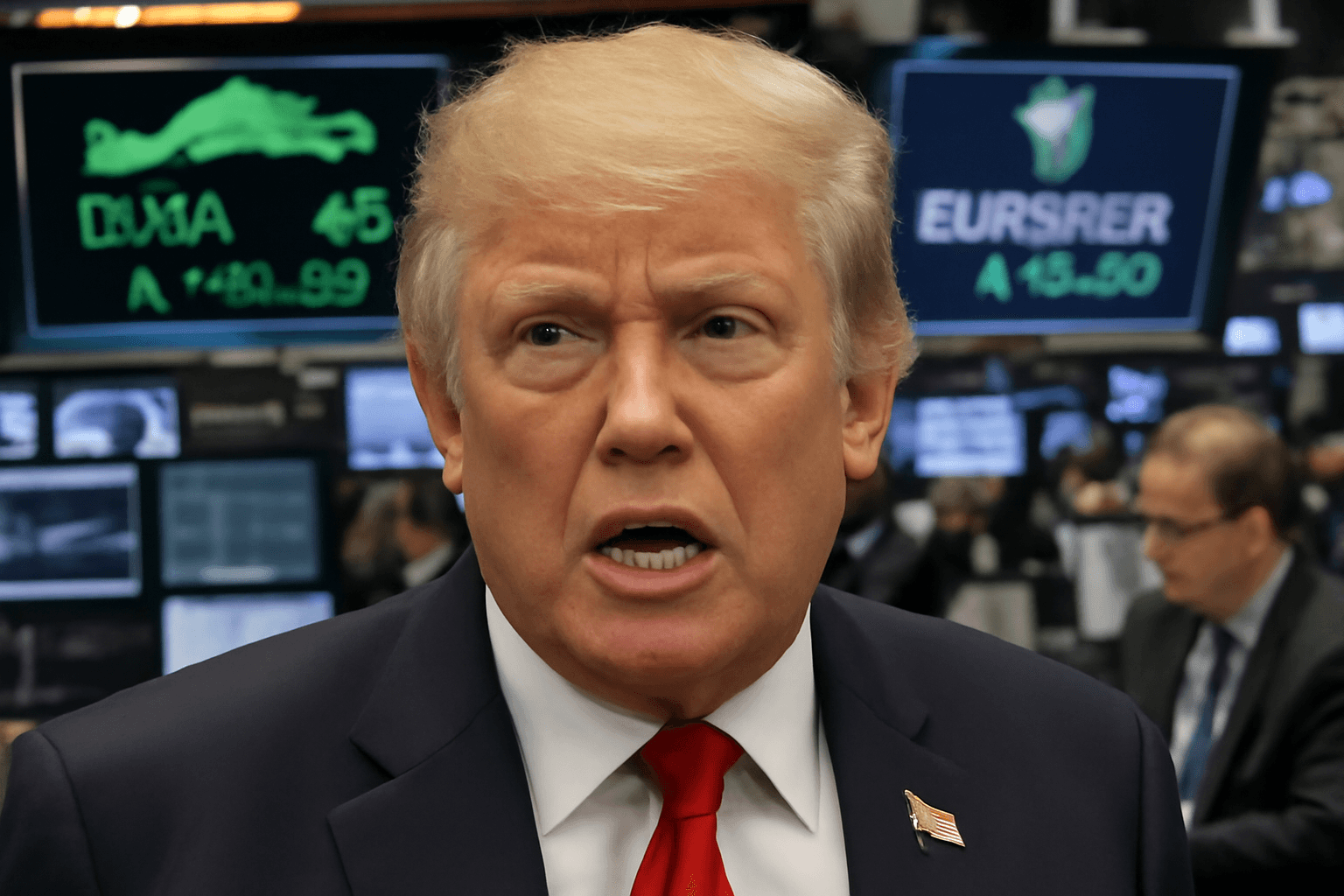Global Revenues Drive Stronger Gains Amid Ongoing Tariff Pressures
Despite the uncertainty fueled by President Donald Trump's tariff policies, US companies with significant international sales are demonstrating a surprising resilience—and even outperformance—compared to their domestically focused peers in 2025. A comprehensive analysis by Goldman Sachs highlights a striking trend: the 50 S&P 500 companies with the largest overseas revenue streams have outpaced the 50 least internationally exposed firms by 7 percentage points so far this year.
International Exposure Yields an 11% Rise vs. 4% Domestically-Focused Growth
Stocks with substantial global footprints have gained approximately 11% year-to-date, whereas companies predominantly relying on the US market have grown by a mere 4%. This divergence underscores the complex interplay between macroeconomic factors, currency dynamics, and trade policy.
Weakening Dollar Emerges as Unexpected Catalyst
One of the pivotal drivers behind this performance is the more than 10% decline in the US dollar through June—the most considerable depreciation during a first half of the year since 1973. For American consumers and businesses, this translates into higher costs for imports. Yet, multinational corporations benefit from a softer dollar because it enhances competitiveness abroad, making US-made goods cheaper for foreign buyers.
“For years, a strong dollar was a persistent hurdle for multinational earnings,” says Art Hogan, chief market strategist at B. Riley Wealth Management. “This year, the tide has turned, turning the dollar from a headwind into a tailwind, a shift we expect to reflect clearly in upcoming corporate earnings.”
Technology Sector Leverages Offshore Revenue Streams
Among sectors, information technology companies stand out, deriving over 56% of their revenue internationally—nearly double the S&P 500 average of 28%. The semiconductor segment, in particular, has capitalized on both the favorable currency environment and robust demand driven by emerging technologies such as artificial intelligence (AI).
- The VanEck Semiconductor ETF (SMH) has surged over 19% in 2025, outperforming the S&P 500 gain of 6%.
- Companies like Monolithic Power Systems, which earns 97% of revenue abroad, are up more than 20%.
- Lam Research, with 93% international sales, has soared approximately 40%.
This strength isn’t solely currency-driven. The AI boom is sustaining demand for automation and chip suppliers, reinforcing growth despite global trade tensions.
Tariff Impact Appears Contained, but Uncertainty Remains
Many corporate executives acknowledge that tariffs have had a limited effect on demand so far. For example, Emerson Electric's Chief Operating Officer Ram Krishnan reassured analysts that tariffs have barely dented capital expenditures or project momentum. The company, with about 60% international exposure, has seen its shares advance 13% in 2025.
Similarly, McDonald's reiterated its 2025 financial targets, with CFO Ian Borden noting that foreign currency translation acts as a tailwind rather than a headwind. Meanwhile, Estée Lauder’s CFO Akhil Shrivastava cautioned that while tariffs might not materially impact profits this fiscal year, unresolved trade tensions could pose challenges going into 2026.
Investors appear to be pricing in a diminished risk from aggressive tariff escalations after President Trump’s repeated delays and reversals of planned trade measures. However, some market watchers warn this complacency could leave portfolios vulnerable if trade talks deteriorate further.
Broader Implications for Investors and Policymakers
The divergent performance of internationally focused stocks signals a critical nuance in the 2025 investment landscape. While tariffs and trade rhetoric dominate headlines, currency movements and technology-driven innovation are quietly reshaping market dynamics. This underscores the importance of assessing global exposure and currency risk, not just domestic economic policies, when evaluating equity prospects.
From a policy perspective, the findings suggest that trade protectionism’s impact is uneven, disproportionately affecting sectors and companies tied closely to the US market. It raises key questions about how future trade negotiations and currency policies might further influence capital allocation decisions.
Key Takeaways for Market Participants
- Currency fluctuations play a pivotal role in multinational earnings and stock valuations.
- Technology and semiconductor firms benefit from global demand and innovations like AI.
- Persistent tariff uncertainty continues to hang over the markets but has not yet derailed select international businesses.
- Investor vigilance remains crucial as the trade policy landscape evolves unpredictably.
Editor’s Note
As US companies navigate the complex web of tariffs, currency shifts, and technological disruption in 2025, the outperformance of internationally oriented stocks offers a nuanced story beyond simple trade policy narratives. For investors and policymakers alike, the challenge is to balance optimism about global growth engines with prudence amid geopolitical and economic uncertainties. The coming earnings seasons will be a vital test to see if these trends sustain, and whether the market’s current calm masks deeper risks or a structural pivot toward globalized value creation.



















